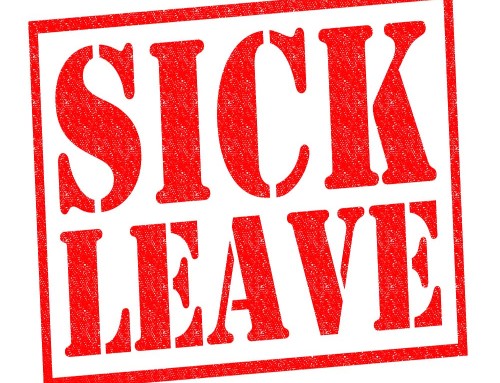With much emphasis being placed on ensuring that students with disabilities are receiving an adequate education, the issue of access to extracurricular athletics is often overlooked. A June 2010, report published by the United States Government Accountability Office (GAO) found that students with disabilities are not being afforded an equal opportunity to participate in extracurricular athletics in public elementary and secondary schools.
Although the right to participation in extracurricular athletics by students with disabilities has been established for years, the recent guidance, coupled with the GAO’s 2010 report, demonstrate that the specific requirements were still unclear to many school districts. Under the Rehabilitation Act of 1973, and specifically Section 504, schools may not exclude students who have an intellectual, developmental, physical, or any other disability from trying out and playing on a team, if they are otherwise qualified. The Dear Colleague Letter reviews the basic obligations under Section 504 and provides guidance to help schools meet their obligation and allow an increased number of kids with disabilities the chance to participate in student athletic programs.
- Do Not Act On Generalizations and Stereotypes.
A school district, including its athletic staff, may not rely on generalizations about what students with a type of disability are capable of and must not base decisions regarding a student’s participation on stereotypes or assumptions about how the disability may limit the student. A coach’s decision on whether a student makes a team or gets to participate in competitions must be based on the same criteria used for all other players.
- Ensure Equal Opportunity for Participation.
School districts must make reasonable modifications and provide those aids and services that are necessary to ensure a student with a disability has an equal opportunity to participate in an athletic program, unless the modification would fundamentally alter the game or allow an unfair advantage to a student or group of students.- The school district must first engage in an individualized inquiry to determine whether the modification is necessary.
- If necessary, the school district must allow the modification unless doing so would result in a fundamental alteration of the nature of the extracurricular athletic activity.
- A modification might constitute a fundamental alteration if it alters an essential aspect of the activity or game such that it would be unacceptable even if it affected all competitors equally, or if it gives a particular player with a disability an unfair advantage over others.
- If a requested modification is determined to constitute a fundamental alteration, the school district is required to determine if other modifications are available that would permit the student’s participation.
- Offering Separate or Different Athletic Opportunities.
“The provision of unnecessarily separate or different services is discriminatory.” Compliance with Section 504 means that schools must allow inclusion of disabled students whenever possible, but when inclusion is not possible, OCR recommends that the school create additional and/or new opportunities for disabled students. Importantly, this particular part of the letter encourages school districts to take certain actions and describes opportunities they should provide, as opposed to the other parts of the letter which state what a school district must do to comply with Section 504. There exists no affirmative obligation under Section 504 for schools or school districts to create programs for which there is no demand.
- School districts’ legal obligation to comply with Section 504 and DOE’s regulations supersedes any rule of any association, organization, club, or league that would render a student ineligible to participate, or limit the eligibility of a student to participate, in any aid, benefit, or service on the basis of disability. School districts are encouraged to work with their athletic associations to ensure that students with disabilities are not denied an equal opportunity to participate in interscholastic athletics.
- School districts are prohibited under Section 504 from providing significant assistant to any association, organization, or third party that discriminates on the basis of disability by not providing a necessary aid, benefit, or service to the school district’s students.
The intent of Section 504 and the DOE’s letter is to expand opportunities for disabled students, especially through inclusion in existing programs wherever possible. According to the letter, “equal opportunity does not mean…that every student with a disability is guaranteed a spot on an athletic team for which other students must try out.” Athletic teams may continue to select the best players and impose safety standards, however, in doing so, they may not discriminate against a student based on his or her disability.
For more information and to review the examples and explanations provided in the Dear Colleague Letter, please click here.
NMP will continue to monitor the developments and trends in this area. Please feel free to contact us with any questions.
[1] United States Government Accountability Office, Students with Disabilities: More Information and Guidance Could Improve Opportunities in Physical Education and Athletics, No. GAO-10-519, at 20-22, 25-26 (June 2010), available at http://www.gao.gov/assets/310/305770.pdf.





